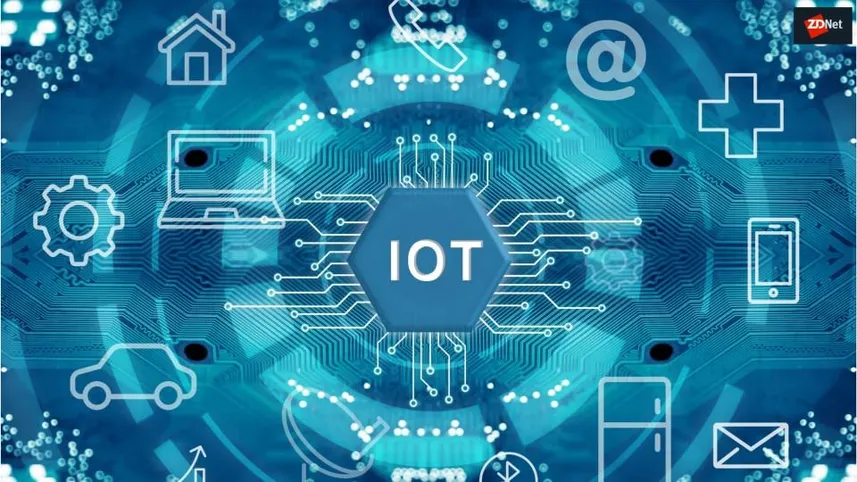IoT, or the Internet of Things, is a term that you might have heard before. But what is it, really? Simply put, it’s the interconnectedness of physical objects and devices that are able to share data and communicate with each other. This might not sound like much, but IoT has the potential to change the world as we know it. Here are some ways that it’s already doing so.
The Internet has been a connector for a long and in this current pandemic situation when everyone is stuck at home, its usage has increased tremendously as people continue to go online for work and entertainment. We can see that most people have signed up for internet connections because it is a necessity these days. For optimal internet performance, Spectrum Internet is the best option because they have over 30 million users already. This widespread availability of broadband internet has made it possible to connect more and more devices with built-in sensors to communicate data. No doubt, change is not constant and everything is transforming as we step into the future with IoT.
Let’s discuss the main areas that are experiencing a change with the Internet of Things globally.
Role of IoT in the Production and Manufacturing Industry
The Internet of Things (IoT) is quickly becoming a staple in the production and manufacturing industry. By connecting devices and machines to the internet, manufacturers are able to collect data and insights that can help them improve their operations. IoT can also help reduce downtime, increase safety, and boost efficiency.
There are many different ways that IoT can be used in production and manufacturing. For example, manufacturers can use IoT to track the performance of their machines and equipment. They can also use IoT to monitor environmental conditions in their factories. And IoT can even be used to help manage and optimize the production process.
In the coming years, we will likely see even more use of IoT in the production and manufacturing industry. As manufacturers continue to find new ways to utilize IoT, the benefits of this technology will only become more apparent.
Healthcare Industry
The healthcare industry is undergoing a major transformation thanks to the Internet of Things (IoT). IoT is a network of physical devices, vehicles, home appliances, and other objects that includes electronics, sensors, and network connectivity and allows to exchange and collect data from these objects.
The healthcare industry is benefiting from IoT in a variety of ways, from improving patient care to reducing costs. For example, IoT-enabled devices can be used to monitor patients remotely, which can help reduce the need for hospital visits. IoT can also be used to track inventory levels and to monitor the condition of medical equipment, both of which can help save time and money.
In the future, IoT will continue to play a major role in the healthcare industry, helping to improve patient care and to reduce costs even further.
Smart Cities
The Internet of Things (IoT) is playing an increasingly important role in the development of smart cities. By definition, a smart city is an urban area that uses information and communication technologies to enhance the quality of life of its citizens. IoT devices and sensors play a critical role in collecting data that can be used to improve city operations, such as traffic management, waste management, and public safety.
IoT devices can also be used to engage citizens in the development of smart city applications. For example, the city of Amsterdam has launched an IoT-based platform that allows citizens to share their ideas for improving city services. IoT is also being used to develop smart city applications that improve the efficiency of energy use and that reduce the environmental impact of cities.
Transport
The transport sector is one of the most important industries in the world. It plays a vital role in the global economy, moving people and goods around the world. In recent years, the transport sector has undergone a digital transformation, with the advent of new technologies like the Internet of Things (IoT).
IoT is a network of physical devices, vehicles, and other items that are attached to the internet and can share data with each other. The IoT can be used in transport in a number of ways, such as to track vehicles, monitor cargo, and improve traffic management. The IoT is still in its early stages, but it has the potential to revolutionize transport and make it more efficient and sustainable.
Wrapping Up
In conclusion, it is clear that the Internet of Things is having a profound impact on the world around us. By connecting devices and Sensors, IoT is changing the way we interact with our environment. With so many potential applications, it is difficult to predict exactly where IoT will take us next. However, one thing is certain: the future of IoT is looking very bright.

